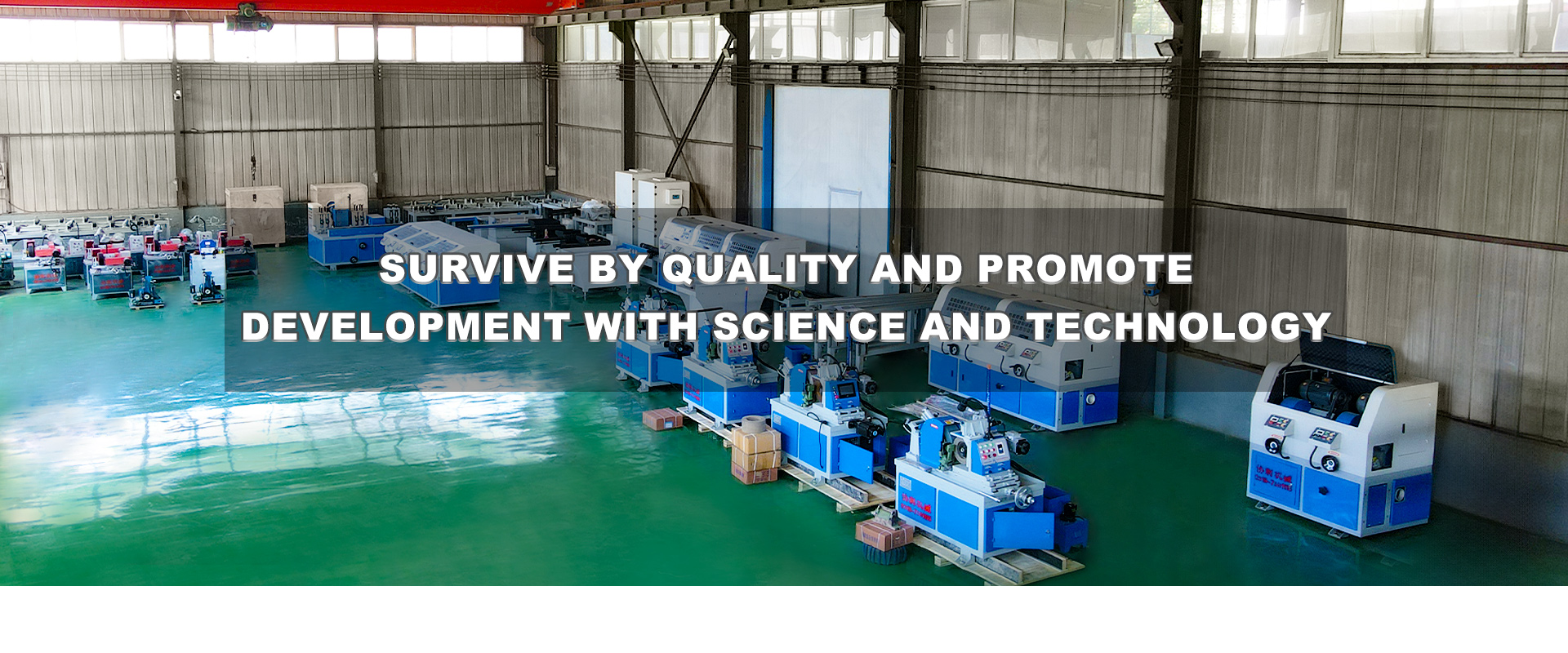The Art and Science of Stainless Steel Mirror Polishing Machines
In today's industrial landscape, the pursuit of perfection in manufacturing processes is more crucial than ever. One of the vital components in achieving a high-quality finish in metal fabrication, specifically stainless steel, is the mirror polishing process. Stainless steel mirror polishing machines have emerged as a game-changer for industries where aesthetic appeal and hygienic surfaces are paramount.
Understanding Stainless Steel Polishing
Stainless steel is known for its corrosion resistance, durability, and aesthetic appeal. However, achieving a mirror-like finish requires precision and advanced technology. The polishing process involves several steps, starting from the removal of surface imperfections to achieving the desired reflective quality. This is where stainless steel mirror polishing machines come into play.
These machines utilize a combination of mechanical and chemical polishing techniques to enhance the surface quality of stainless steel. The mechanics of the polishing process often include abrasive materials and polishing compounds that grind down imperfections and create a smooth surface. The subsequent stages focus on refining that surface, often using finer abrasives and buffing wheels to achieve a high gloss finish.
Types of Stainless Steel Mirror Polishing Machines
Stainless steel mirror polishing machines vary in design and functionality, catering to different industrial needs. Some of the most common types include
1. Cylindrical Polishing Machines Designed for polishing cylindrical components like pipes and tubes, these machines rotate the workpiece against abrasive wheels, ensuring a uniform finish.
2. Flat Polishing Machines Ideal for flat surfaces, these machines utilize conveyor belts and rotating brushes to polish larger sheets of stainless steel with precision.
3. Robotic Polishing Systems Advancements in robotic technology have led to the creation of automated polishing solutions, which use robotic arms to perform intricate polishing tasks. These systems can reduce labor costs while improving efficiency and consistency in finishing.
4. Manual Polishing Stations For smaller operations or custom jobs, manual polishing setups allow skilled workers to use handheld tools for detailed work, offering flexibility and control.
stainless steel mirror polishing machine

Advantages of Using Mirror Polishing Machines
The integration of stainless steel mirror polishing machines into manufacturing processes offers numerous benefits
1. Time Efficiency Automated polishing machines significantly reduce the time required to achieve a high-quality finish compared to manual methods. This boost in efficiency allows manufacturers to increase their output without compromising quality.
2. Consistency and Uniformity Automated processes ensure that every piece of stainless steel receives the same level of polishing, resulting in consistent quality across products. This is essential in industries such as food processing and pharmaceuticals, where hygiene and appearance are critical.
3. Cost-Effectiveness While the initial investment in advanced polishing machinery may be high, the long-term savings in labor costs and increased production capacity often outweigh these costs.
4. Enhanced Aesthetics A mirror polish not only enhances the aesthetic appeal of stainless steel products but also improves their resistance to dirt and contamination, making them easier to clean and maintain.
5. Environmental Benefits Many modern polishing machines are designed with sustainability in mind. They often use environmentally friendly polishing compounds and are equipped with dust collection systems to minimize waste and pollution.
The Future of Stainless Steel Mirror Polishing
As technology evolves, the future of stainless steel mirror polishing machines looks promising. With the advent of Artificial Intelligence and machine learning, we can expect faster, smarter, and more adaptable polishing systems. Moreover, the growing emphasis on sustainable manufacturing practices will likely drive innovation in eco-friendly polishing solutions.
In conclusion, stainless steel mirror polishing machines play a crucial role in the realm of metal finishing. They not only enhance the appearance of products but also contribute to efficiency and cost-effectiveness in the manufacturing process. As industries continue to push for higher standards and greener practices, the evolution of polishing technology will undoubtedly transform how we approach metal fabrication in the years to come.









